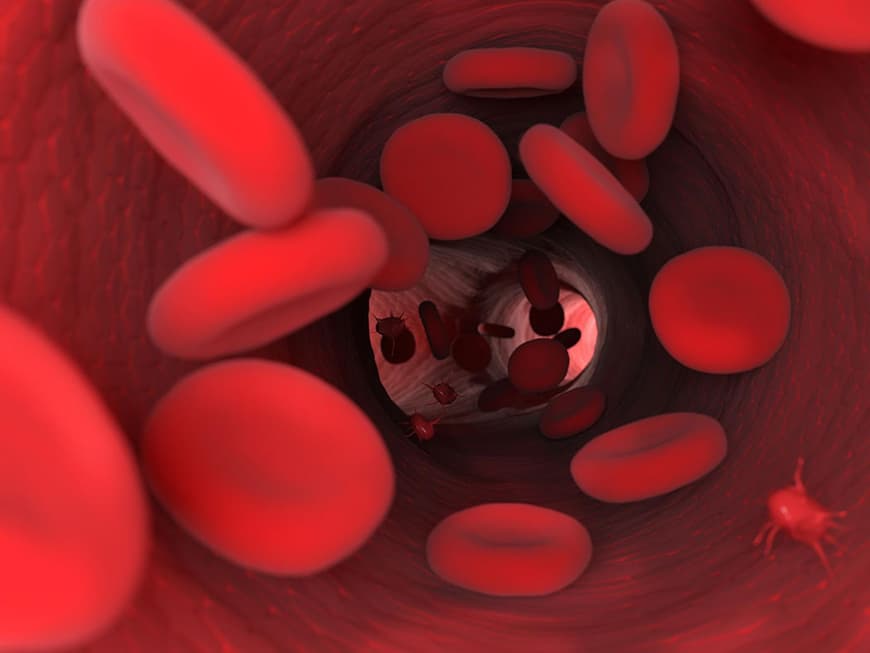
Blood is made up of many components
Our blood consists of 55 percent blood plasma. This contains salts, vitamins and proteins. The remaining 45 percent are blood cells, each of which fulfills a specific function. The white blood cells fight viruses and bacteria, and the red blood cells transport oxygen to all organs, muscles and the brain. The platelets ensure that a wound is sealed.
A blood count provides important information
If the doctor wants to know how a patient's health is doing, he often looks at the blood count first. A distinction is made between a complete blood count and a complete blood count. The CBC records the blood cells and their relationship to the rest of the blood. The complete blood count is more thorough and provides even more information on the white blood cells.
Values indicate deficiencies and diseases
Just one drop of blood provides information about your health thanks to a precise analysis. Examples: A low number of red blood cells can be a sign of anemia. Excessively high values indicate a lack of oxygen, for example due to stress or heart disease. If we have too many white blood cells, this may be due to an allergy. Because even a small blood count can provide information about illnesses, you should have one done every two years from the age of 35. The costs are covered by health insurance.
Do you know your blood group?
There are four different basic types. Certain surface characteristics of the red blood cells are responsible for this: the so-called antigens A and B. So if you have blood group A, you have antigen A on the surface of your red blood cells. Shortly after birth, everyone forms antibodies against the antigens of other blood types. This is why it is important for blood transfusions that the groups match. Blood group 0 is special because it is tolerated by almost every patient. Group AB, on the other hand, can receive blood from everyone else.
